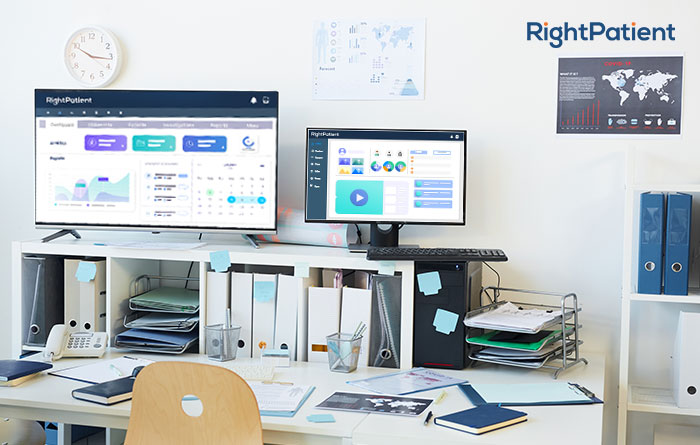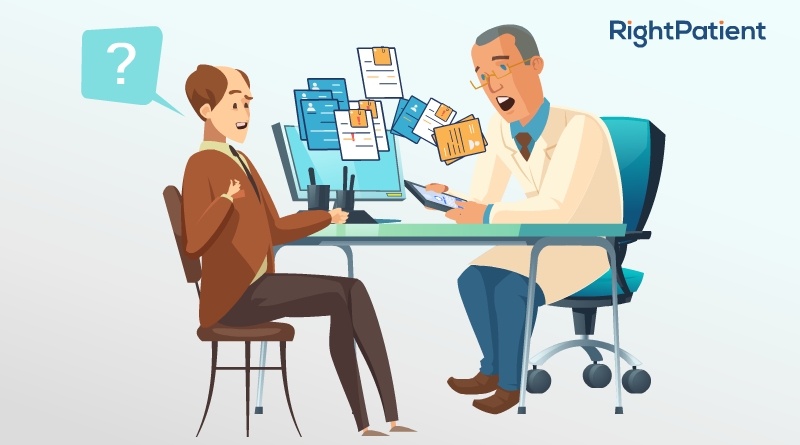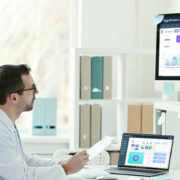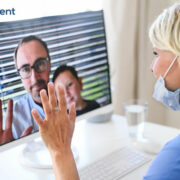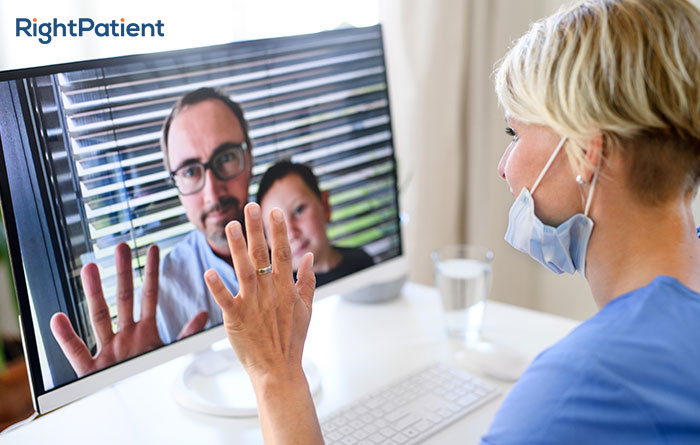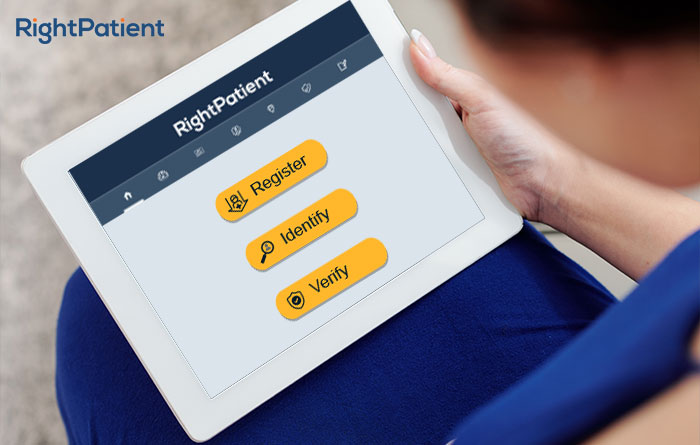Healthcare Data Breach Cases Lead to Medical Identity Theft – How Are You Protecting Patients?

Anyone who knows about the US healthcare system also knows that it has always been riddled with issues, even before the COVID-19 pandemic hit. Astronomical costs, the lack of price transparency, and the insurance system are not the only problems. Poor healthcare outcomes, preventable medical errors, medical identity theft, duplicate medical records, and lack of interoperability also plague healthcare facilities across all states. While we have covered many of these topics at one point or another, this time we will focus on healthcare data breach cases. Let’s take a closer look at recent healthcare data breaches, why providers are being targeted so frequently, how they generate medical identity theft, and how healthcare providers can protect patient data even after breaches.

Healthcare data breaches are becoming increasingly common
When the pandemic hit the US healthcare system, many hackers had pledged that they won’t attack healthcare providers and steal patient information – something that was unprecedented. However, not all of the hackers shared the same mindset, and there have been many healthcare data breach cases over the past few months. As a result, healthcare providers are having to fight multiple battles at the same time. Let’s review two of the recent attacks.
UHS reportedly suffered a huge breach
Pennsylvania-based Universal Health Services, a health system that consists of 26 hospitals, suffered a breach. On the 30th of September, they stated that some of the systems had been recovered. While there are no specifics as to how many patients were affected, the health system was forced to go offline on all of its locations to reduce the risks. However, it is working tirelessly to restore the affected systems.
Ashtabula County Medical Center
The Ohio-based medical center also suffered a cybersecurity attack on the 27th of September which forced it to cancel procedures.
What are healthcare providers saying regarding data breaches?
Many are stating that healthcare data breach cases are becoming quite common and they need better cybersecurity measures to reduce these unwanted events. While cybersecurity has always been a concern of CIOs and IT leaders, the budgets don’t allow them to realize their visions of having breach-free health systems. Moreover, they are expecting even more data breaches in the future, as they don’t see data breaches going away anytime soon. Sadly, the problems do not end here.

Healthcare data breaches generate medical identity theft
Data breaches are huge nightmares for any healthcare provider. The worst part is that they’re inevitable, and even the biggest health systems can be vulnerable – hackers are constantly uncovering new strategies to attack and steal patient information.
After stealing the patient information, fraudsters buy it from the black market and they assume the identities of the patients. Not many healthcare providers have effective patient identity management systems, so scammers can easily pass themselves off as the patients, since they have their credentials. If providers use effective patient identification platforms, they can prevent medical identity theft in real-time. Thus, while data breaches are inevitable and, without proper cybersecurity measures, unavoidable, medical identity theft can be prevented.
RightPatient mitigates the losses associated with data breaches
Using a robust photo-based engine, RightPatient ensures accurate patient identification using the feature fraudsters or hackers cannot steal or imitate: patients’ faces.
The platform can also identify patients right from appointment scheduling – patients are asked for a personal photo and a photo of their driver’s license after scheduling an appointment. After patients provide the photos, RightPatient matches the photos to verify the patient’s identity to see if they are who they say they are. If a fraudster is assuming the identity, RightPatient red-flags the anomaly, preventing medical identity theft in real-time. New patients are provided with biometric credentials, making it a seamless process.
If the patients are coming in person to the healthcare facilities, all they need to do is look at the camera. RightPatient matches the new photo with the saved one – if it’s a scammer, RightPatient red-flags the incident, preventing medical identity theft. It ensures a touchless and hygienic environment for everyone, something that is mandatory in a post-pandemic world.
RightPatient is enhancing patient safety, protecting patient data from being corrupted, and improving healthcare outcomes. Mitigate your losses, prevent medical identity theft, and enhance patient safety now with RightPatient.




